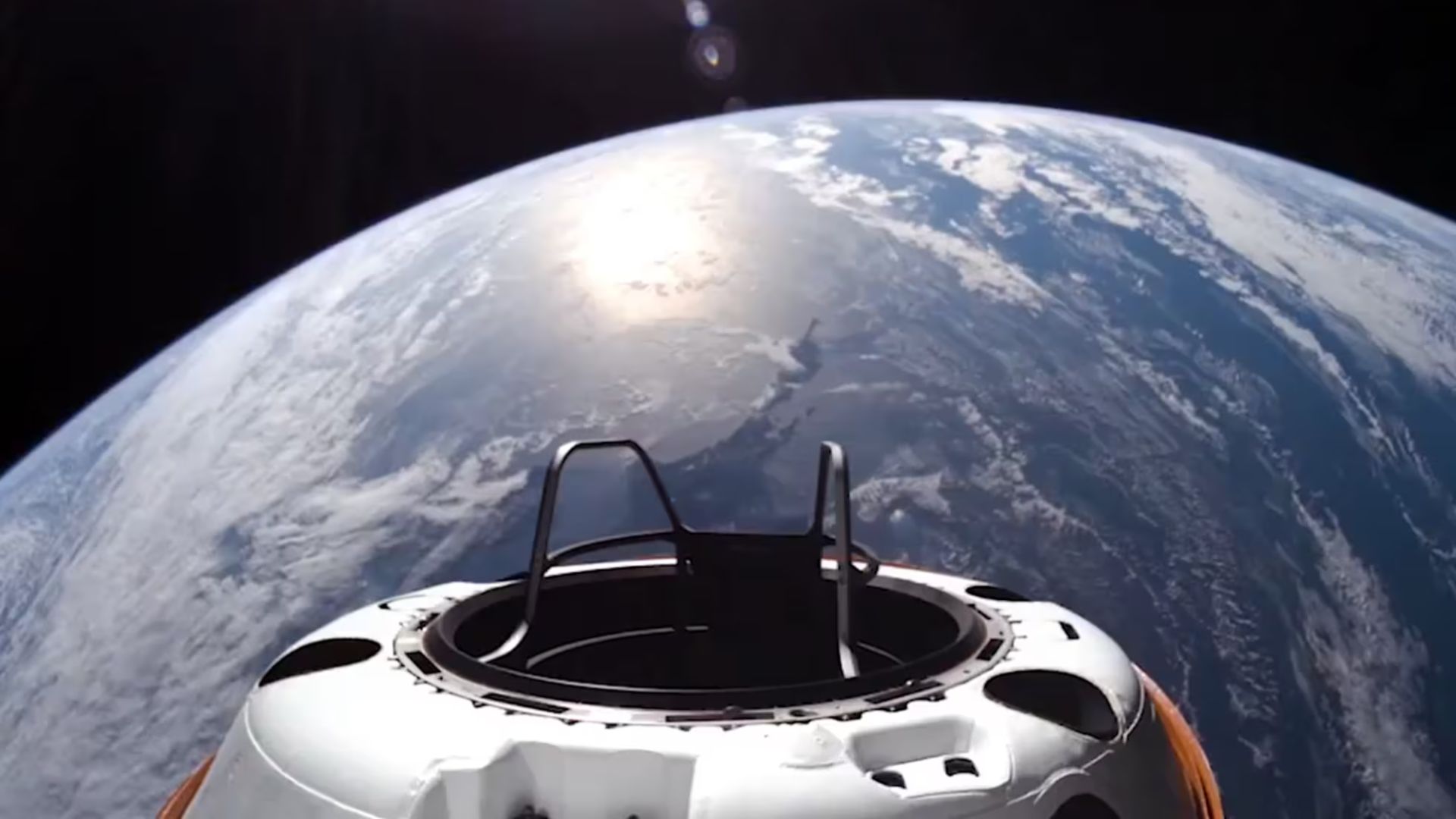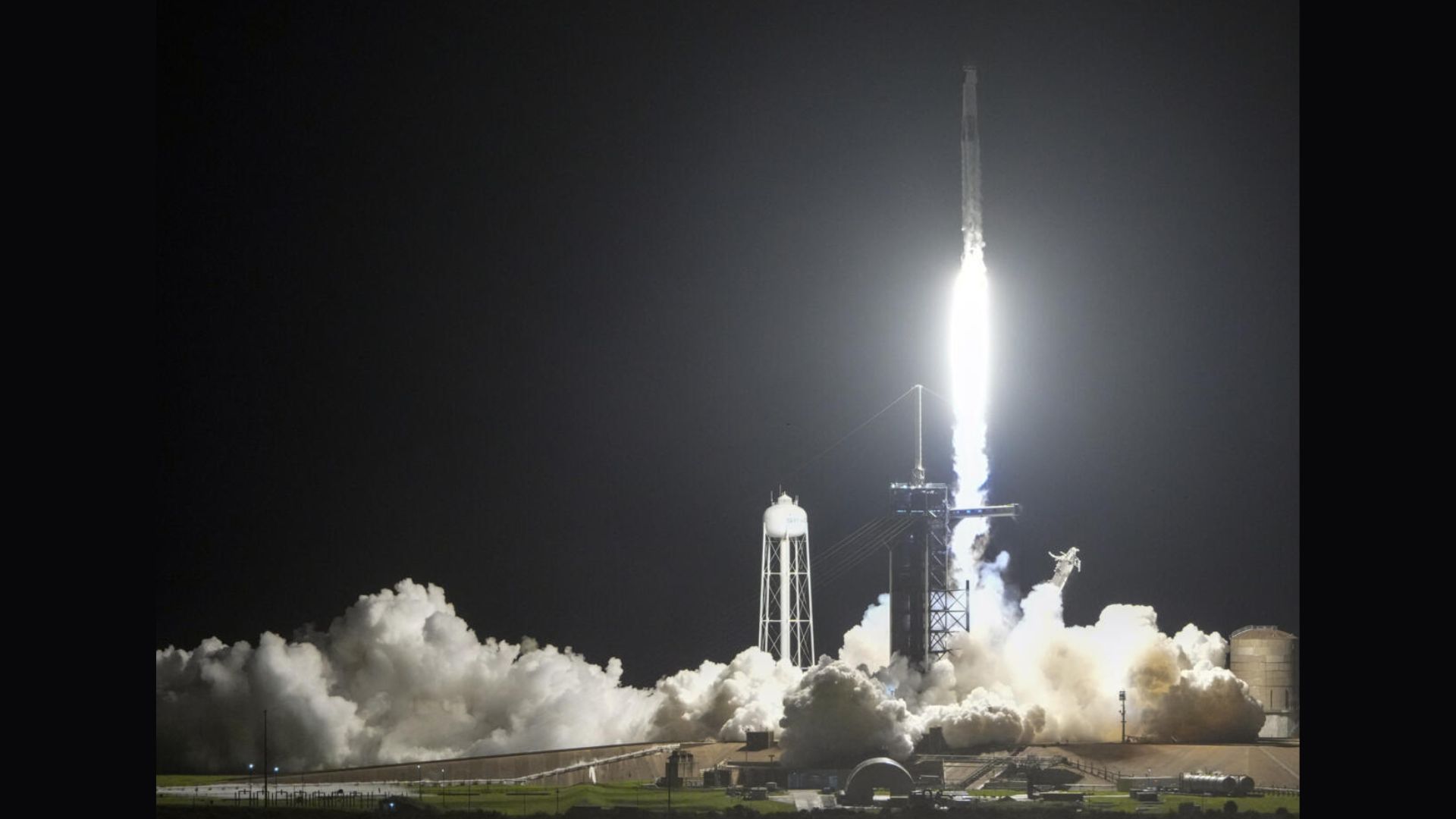
SpaceX conducts historic first private spacewalk with billionaire Jared Isaacman and engineer Sarah Gillis
Significant progress was made in commercial spaceflight on Thursday when two astronauts successfully executed the first-ever private spacewalk outside of a SpaceX spacecraft. Part of the Polaris Dawn mission, the historic event tested the limits of what can be accomplished by commercial space projects by taking place outside of the Crew Dragon capsule and showcasing new spacesuit technologies.
Jared Isaacman, the millionaire founder of Shift4 Payments and the mission's backer, stepped out of the capsule first to start the spacewalk. Sarah Gillis, a SpaceX engineer, came after him. While Scott Poteet and Anna Menon, their fellow crew members, watched from within the spacecraft, the two astronauts spent around ten minutes outside the Crew Dragon while attached to a tether.
The full spacewalk, which took place approximately 450 miles (730 kilometers) above Earth, lasted one hour and forty-six minutes. Since their Tuesday launch from Florida, the Polaris Dawn crew has been in an orbit around the planet. Isaacman is continuing his support for commercial space initiatives with this latest trip. Isaacman also funded SpaceX's Inspiration4 mission in 2021.
The spacewalk, which was carried out to test new gear, such as sleek, cutting-edge spacesuits and a method for completely depressurizing the Crew Dragon cabin, was broadcast live on SpaceX's website. This technology is a component of SpaceX's larger plan to progress commercial space missions, such as upcoming Mars trips.
During the spacewalk, Isaacman and Gillis tested various movements in their new spacesuits, providing feedback to ground control for future design improvements. Their movements were somewhat restricted, with greater flexibility at the elbows and shoulders but limited movement at the waist, back, and neck.

Before the spacewalk commenced at about 6:52 am ET, the Crew Dragon capsule was completely depressurized. The astronauts' oxygen supply came from their SpaceX-made spacesuits, which were connected to the spacecraft via an umbilical connection. This procedure mirrors the approach used during the first US spacewalk in 1965, where a similar depressurization and tethered spacewalk occurred.
Given that SpaceX is now the only private enterprise equipped to regularly transport people to and from Earth's orbit, the spacewalk is one of the riskiest projects the business has undertaken. This mission proved that it is feasible for private firms to push the boundaries of space exploration in addition to testing new spacesuit technology.
As the astronauts returned to their cabin following the spacewalk, ground crews at SpaceX's Hawthorne, California, headquarters checked for leaks and made sure the hatch door shut properly. This methodical procedure was essential to guaranteeing the mission's success and safety.
In his reflections on the journey, Isaacman emphasized how successful it was in testing and expanding commercial spaceflight capabilities while also praising the beauty of Earth from space. His remarks emphasized the accomplishment's importance within the larger framework of private space exploration.

Commercial space missions have advanced thanks to the groundbreaking spacewalk and innovative technological testing conducted by the Polaris Dawn mission. It illustrates the growing significance of private enterprises in space exploration and the possibility of commercial space flights in the future.
SpaceX's mission serves as an example of the expanding capabilities of commercial spaceflight as well as the prospects for further space technology developments. The spacewalk's successful completion underscores the changing face of commercial space exploration and establishes a precedent for upcoming private space missions.

.jpg)










